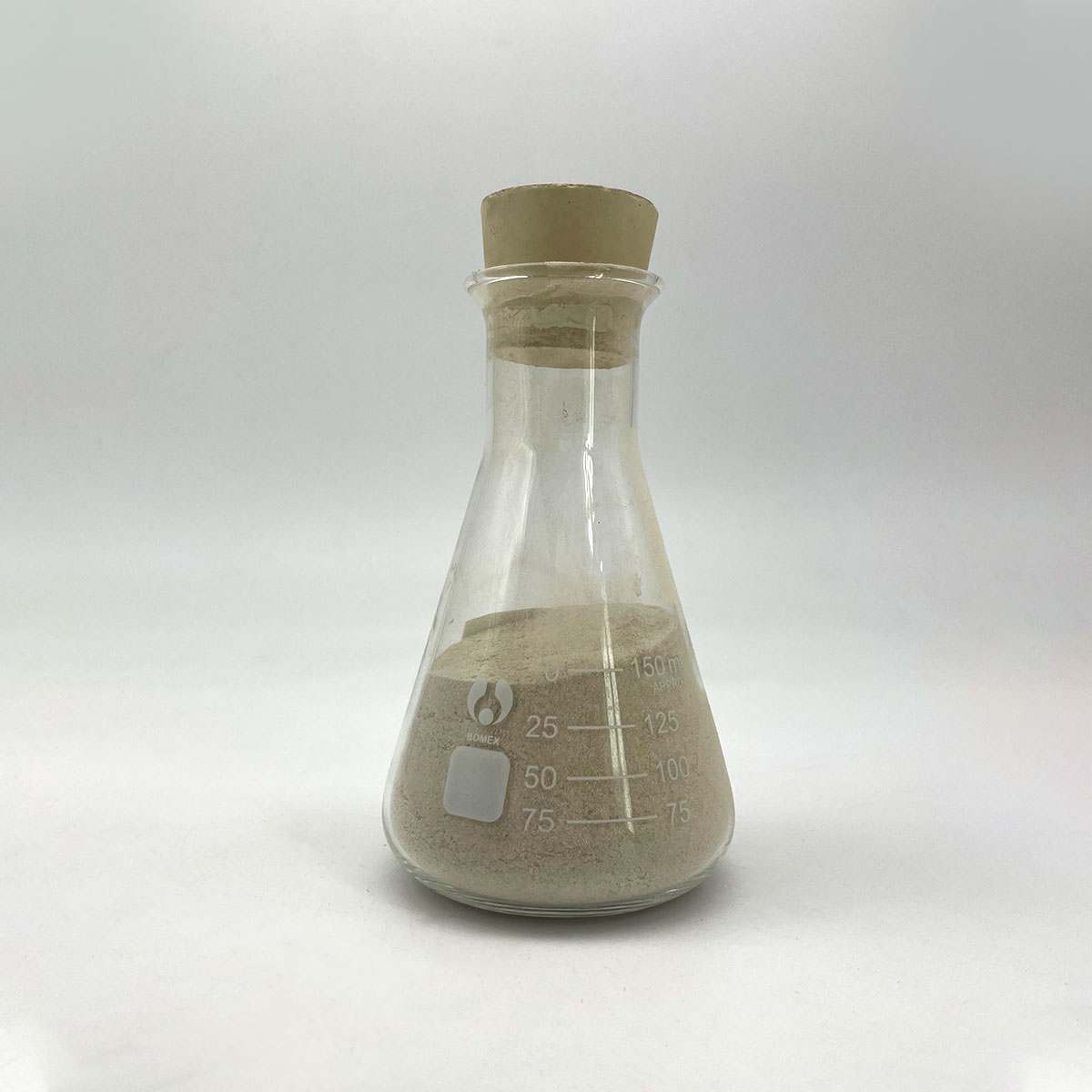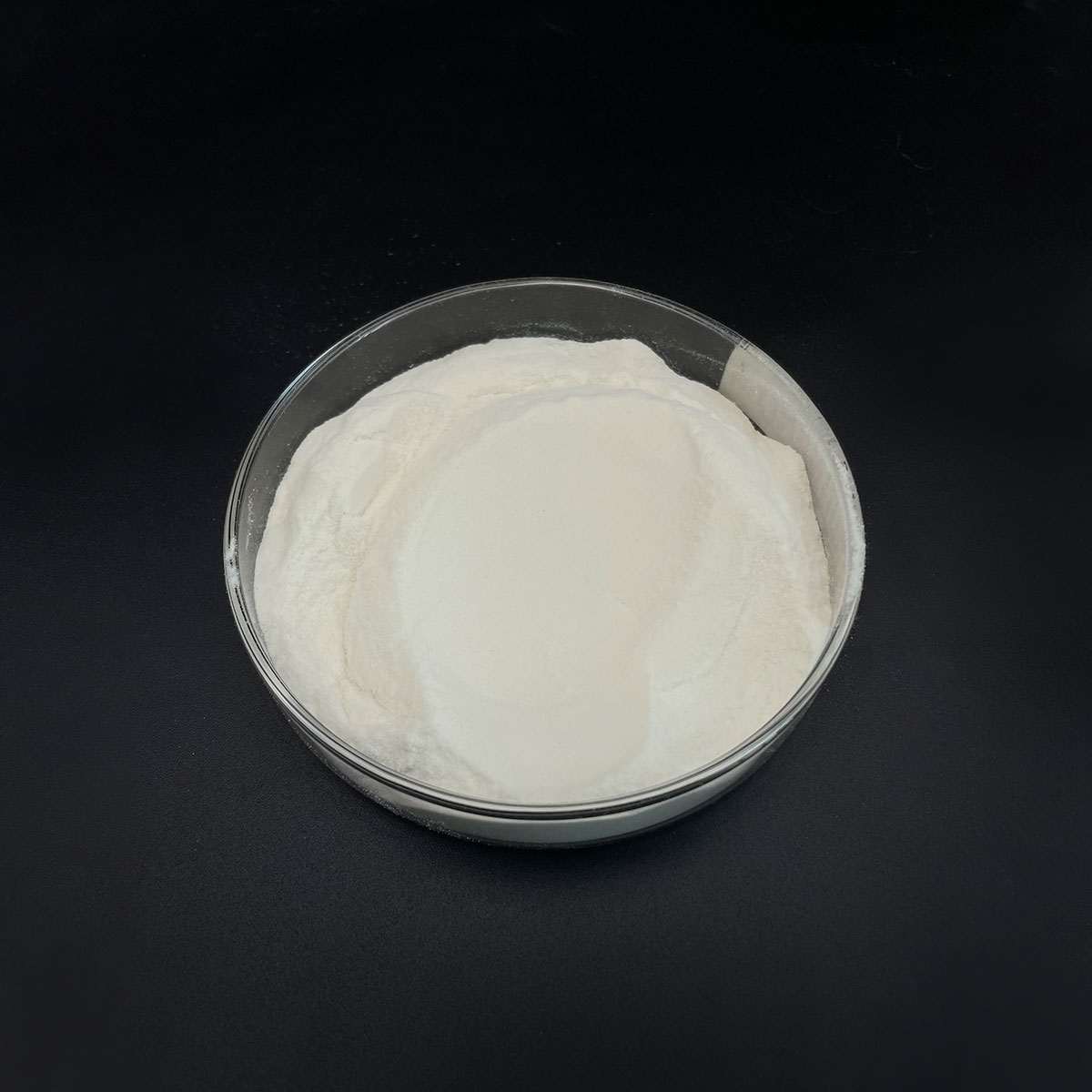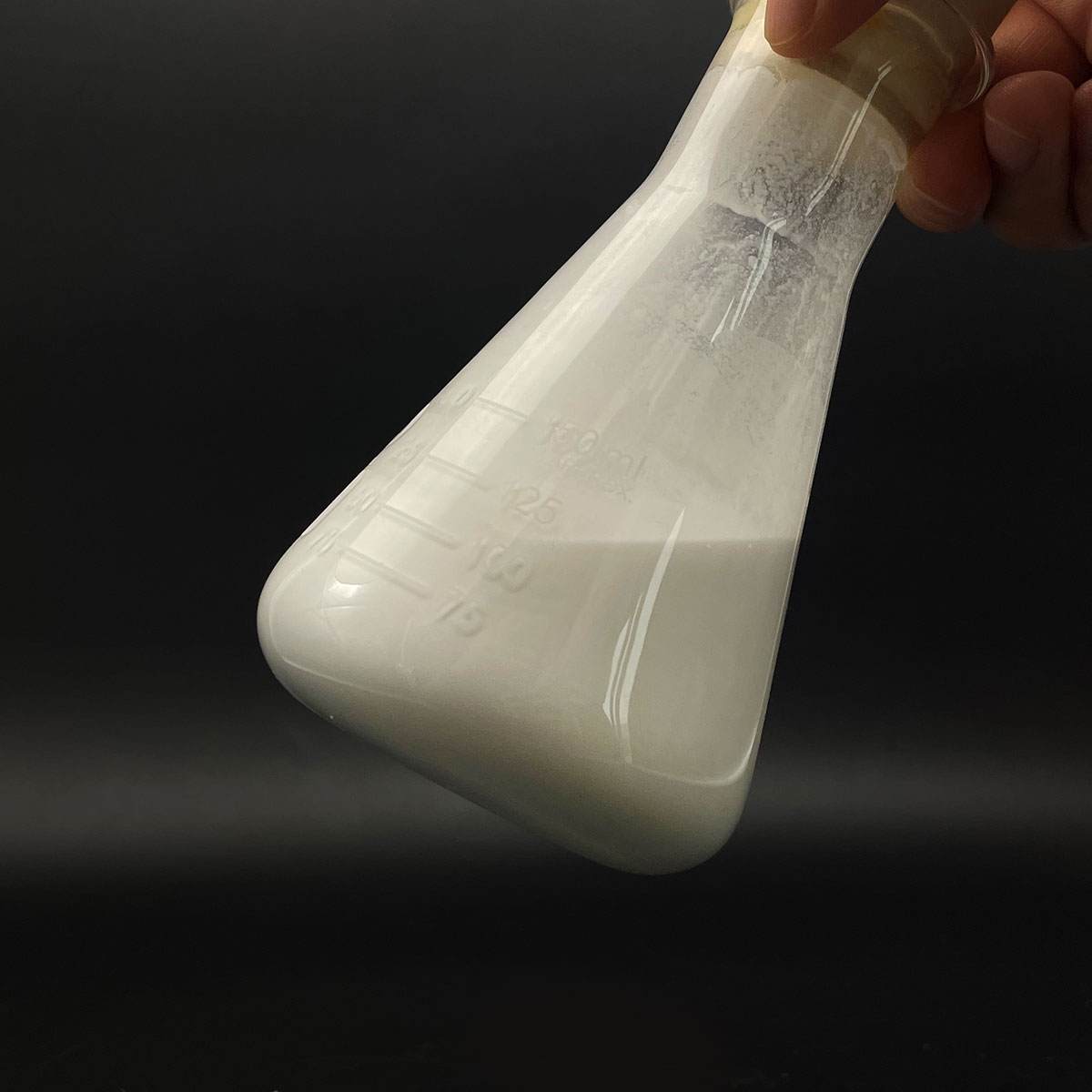Overview of CAS 1313-96-8 Niobium Oxide 99.99% Nb2O5
Metal powder is a common form of metal that has been processed into fine particles, ranging from a few micrometers to over 100 microns in diameter. It plays a crucial role in various industrial applications due to its unique properties and versatility.
Features of CAS 1313-96-8 Niobium Oxide 99.99% Nb2O5
Physical Characteristics
Particle Size: Ranging from nanometers to hundreds of micrometers, the size distribution significantly influences the powder’s flowability, packing density, and sintering behavior.
Shape: Particles can be spherical, irregular, flake-like, or dendritic, each shape affecting the final product’s mechanical properties and surface finish.
Purity: Depending on the production method, metal powders can achieve high levels of purity, critical for applications like electronics and aerospace where impurities can degrade performance.
Density: While less dense than their solid counterparts due to the presence of air between particles, metal powders can be densely packed during processing to approach the density of the solid metal.
Chemical Properties
Reactivity: Some metal powders, particularly aluminum and titanium, are highly reactive with air and moisture, necessitating careful handling and storage under inert atmospheres or vacuum.
Oxidation: Exposure to air can lead to surface oxidation, forming a passive layer that affects sintering and other processes. This can be managed through surface treatment or use of protective atmospheres.

(CAS 1313-96-8 Niobium Oxide 99.99% Nb2O5)
Parameters of CAS 1313-96-8 Niobium Oxide 99.99% Nb2O5
Niobium oxide, with the chemical formula Nb2O5 and the CAS number 1313-96-8, is an essential inorganic compound that finds widespread applications in various industries due to its unique properties. It is a high-purity material, often reaching 99.99% purity, which makes it highly desirable for precision and demanding applications.
Niobium oxide is derived from niobium, a silvery-white metallic element belonging to the transition metal group. The compound consists of niobium atoms covalently bonded with oxygen, forming a crystalline structure that exhibits remarkable stability and resistance to corrosion. This oxide is amphoteric, meaning it can react with both acids and bases, making it versatile in chemical processes.
In the electronics industry, niobium oxide is widely used as a dielectric material in capacitors, particularly in high-frequency applications due to its low dielectric loss tangent. Its high permittivity and temperature stability contribute to the efficient functioning of electronic devices like radio frequency (RF) circuits and microelectronics.
In ceramic manufacturing, niobium oxide is employed as a raw material in the production of advanced ceramics, such as high-strength structural materials and wear-resistant coatings. These ceramics exhibit excellent thermal shock resistance, high mechanical strength, and low thermal expansion coefficients, making them ideal for use in aerospace, automotive, and industrial components.
The compound also plays a significant role in the field of catalysis. Niobium oxide catalysts are employed in various chemical reactions, including the oxidation of hydrocarbons and the selective oxidation of sulfur compounds. Their high surface area and active sites make them effective in enhancing reaction rates and selectivity.
In the field of glass and optical fibers, niobium oxide is incorporated to enhance refractive index matching, improve mechanical strength, and provide better thermal stability. This makes it a valuable component in the fabrication of optical components and specialty glass products.
Furthermore, niobium oxide is utilized in the production of superalloys, which are essential for high-temperature applications like jet engines and gas turbines. Its addition to these alloys improves their creep resistance, high-temperature strength, and durability under extreme conditions.
Due to its magnetic properties, niobium oxide is sometimes employed in magnetic materials, particularly in thin-film structures, where it contributes to the development of microwave devices and spintronics applications.
In summary, CAS 1313-96-8 niobium oxide, with its exceptional purity and diverse properties, is a crucial material in numerous sectors. Its applications range from electronics, ceramics, catalysis, glass manufacturing, to aerospace and energy technologies. The combination of its unique chemical and physical characteristics makes it a highly sought-after material for meeting the demands of modern technology and innovation.

(CAS 1313-96-8 Niobium Oxide 99.99% Nb2O5)
FAQs of CAS 1313-96-8 Niobium Oxide 99.99% Nb2O5
Inquiry us






